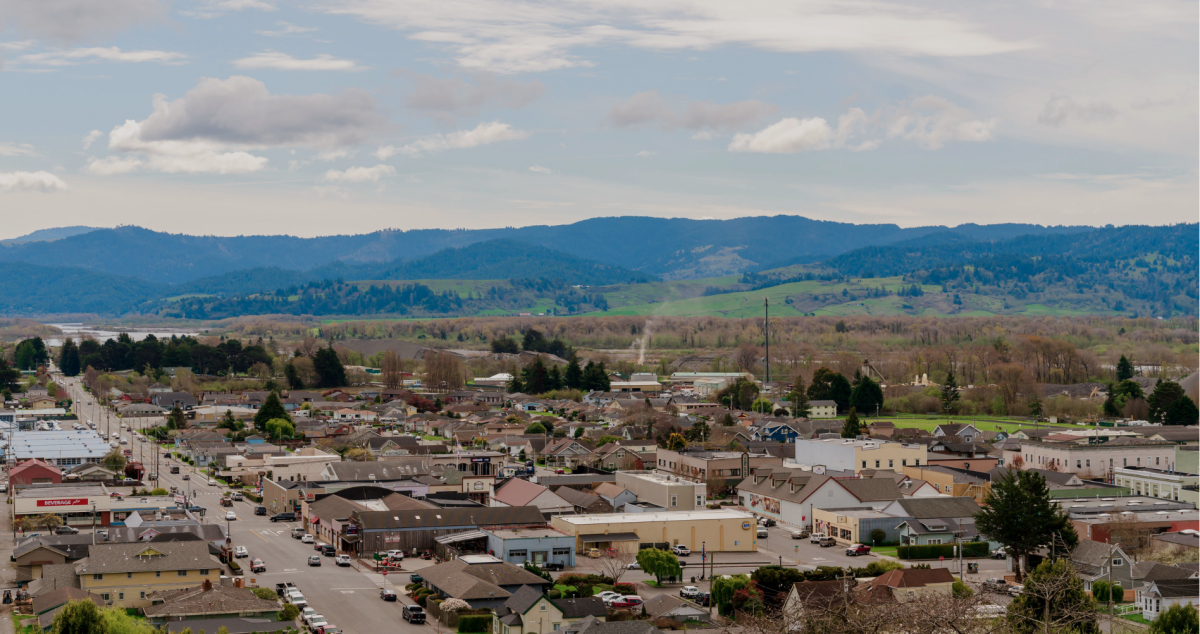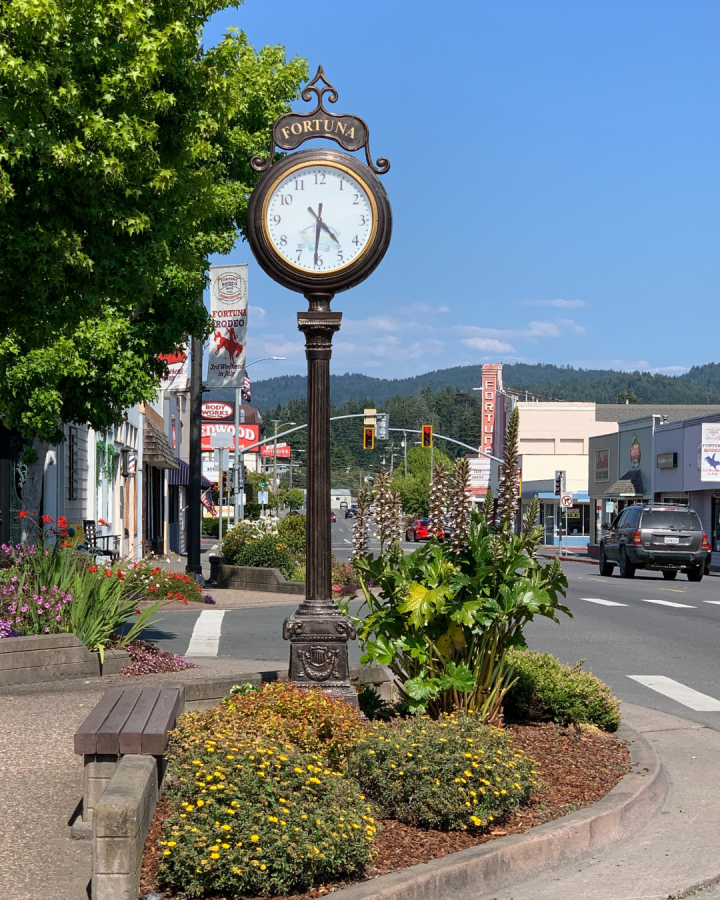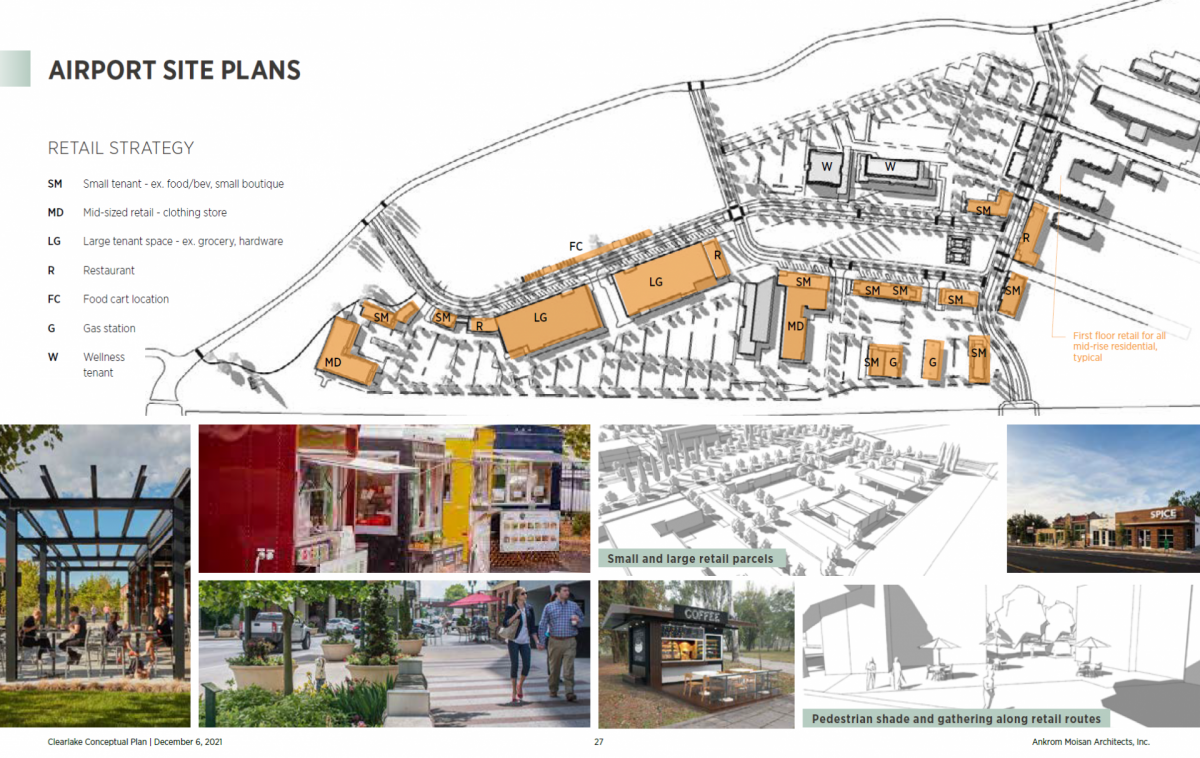Four steps to beef up your rural retail development strategy
Matthew Tate is the director of business development for Retail Strategies’ western region and a member of multiple local government associations, including the League of California Cities. He can be reached at mtate@retailstrategies.com.
One common thread among all local leaders is that they want their communities to grow, thrive, and prosper. Retail development and business recruitment are critical pieces of this puzzle, particularly in rural communities. New retail and restaurant options provide additional amenities and generate revenue for vital city services.
In fact, businesses are the lifeblood of many communities. One in four jobs in America are retail-related and a typical fast-food restaurant brings 15 jobs to a community. Although most Americans prefer to work remotely, in-person shopping remains high: 50% of consumers prefer to shop in-store.
Sales and property taxes and fees are also crucial revenue sources for local governments, generating in excess of $68.8 billion annually in local property taxes and $321.8 billion annually in sales taxes according to the U.S. Census Bureau. Additionally, retail development plays a key role in creating a sense of place. New storefronts add vitality and vibrancy to downtowns and commercial corridors.
However, rural markets are typically overlooked by expanding retail and restaurant brands during initial expansion plans. The rural cities of Blythe, Clearlake, and Fortuna are not without their unique challenges. Nevertheless, each city has invested in a proactive retail attraction strategy that raises its profile, creating tangible, positive results in the process. Taken together, these strategies can serve as a low-cost blueprint for success.
Getting ready for retail recruitment
It is important to prioritize and implement a retail recruitment strategy that has been developed and prioritized by and for the community. Key parts of this process include surveying the community before launching retail recruitment efforts, identifying funding sources for initiatives, and appointing a well-rounded team that can build bridges between the public and private sectors.
For example, retail development teams often include a point person from the city to field incoming calls from prospective businesses, such as someone in economic development, the city manager, or an administrative staff member who can pull in the right people when needed. These teams can also include community leaders, local business champions, or chamber of commerce representatives.
“In Fortuna, we’ve found that it’s beneficial to make local land and property owners part of the team,” Fortuna City Manager Merritt Perry said. “Having their cell phone number on hand and that personal connection is very important. So, when a new business is interested in Fortuna, we have access to the property owner and that’s key.”
A strong city-community team can help cities and residents avoid unnecessary misunderstandings that can jeopardize or stall development. Some residents may have an unrealistic idea of what they want in their community. Others may not be receptive to “outsiders” buying property or familiar with how to negotiate these types of deals. Having someone that can mediate these differences — and is supported by a diverse group of stakeholders — can be extremely valuable.
Tell your community’s unique story
You have appointed a team or hired someone to oversee retail efforts, but what are the keys to making sure that those efforts are successful? Ultimately, a retailer will look at data to see what kinds of goods and services consumers are purchasing, including retail leakage — how many dollars are being spent outside a city and where.
All cities have access to their census data and projected growth numbers. However, investing in additional data, such as how consumers live their lives and spend their money, can allow city leaders to see what retail executives see. This data can also be used to understand what a market’s challenges and opportunities are.
For instance, a retail leakage analysis provides an overview of what types of goods consumers are leaving your community purchases. This data can then be used to tell a community’s story and capture the attention of a retailer.
“Blythe is a border town with Arizona and California, which is a barrier we have,” Blythe City Manager Mallory Crecelius said. “But beyond that, a lot of the feedback we hear from retailers is we just don’t have the population to support a new store. Instead of focusing [on a] lack of consumers as a challenge, we focus on the fact that we have an interstate running right through our community and highlight that instead.”
By focusing on vehicles per day, Fortuna was able to demonstrate that there were untapped consumers willing to exit the interstate to get gas or grab a quick bite to eat.
Another key part of data collection should include a real estate inventory. Knowing what space is available or coming available soon is one of the most important things for city leaders and retailers to know.
Remember to have the right tools in your toolbox
Retail recruitment is a marathon, not a sprint. Real estate deals take on average 18 to 36 months to happen. And sometimes there is an even longer timeline, which could lead to unforeseen challenges. Although these problems may seem intractable, cities often already have the solutions needed to solve them.
“In my experience, it has been important for retail decision makers to have face-to-face time with the city manager,” said Clearlake City Manager Alan Flora. “When the city manager is a part of the process, it shows buy-in from the community, and the personal involvement can give a visiting retailer the confidence that the city is willing to show up and help make a deal happen in the community.”
Making sure your city is equipped with the right tools will help to make these initial conversations more productive. These tools include:
- Trade area maps.
- Demographics and population growth numbers.
- Market assessments.
- Retail targets.
- Appropriate financial incentives.
“When it comes to incentives, a city needs to decide how badly they want a particular retail and restaurant brand to open a new location,” Flora said. “Then the city can get creative in how to mitigate risk for that retailer to be the catalyst in retail recruitment.”
Always be advocating
Now that you have assembled a team, gathered data, defined goals and benchmarks for success, and have an outreach plan in place, what’s next?
Successful cities communicate the plan and provide updates to stakeholders and residents on a regular basis. Staying on top of retail trends and making connections with retail real estate professionals are important next steps to take once all the pieces have been pulled together.
It also is important to continuously evaluate your progress and outcomes and when the opportunity presents itself, recognize your successes. Signing a lease is an accomplishment, but do not let the opportunity to demonstrate your success go to waste! The buzz you generate will not only help the new business, but also promote your community and its retail opportunities.
Attracting new retail is challenging. It is even more challenging when a city’s geography or population prevents it from being on the radar for expanding retailers. However, rural leaders have numerous tools at their disposal that can allow them to compete with larger or better-positioned cities.
Perhaps the most important thing city leaders can do is always be an advocate: Be prepared to make the case for why your community is a great place to do business.
To learn more about the retail development challenges facing rural cities, and how to overcome them, attend the “Rural Retail: Making Your Community Competitive” breakout session at the League of California Cities Annual Conference and Expo, Sept. 7-9.




